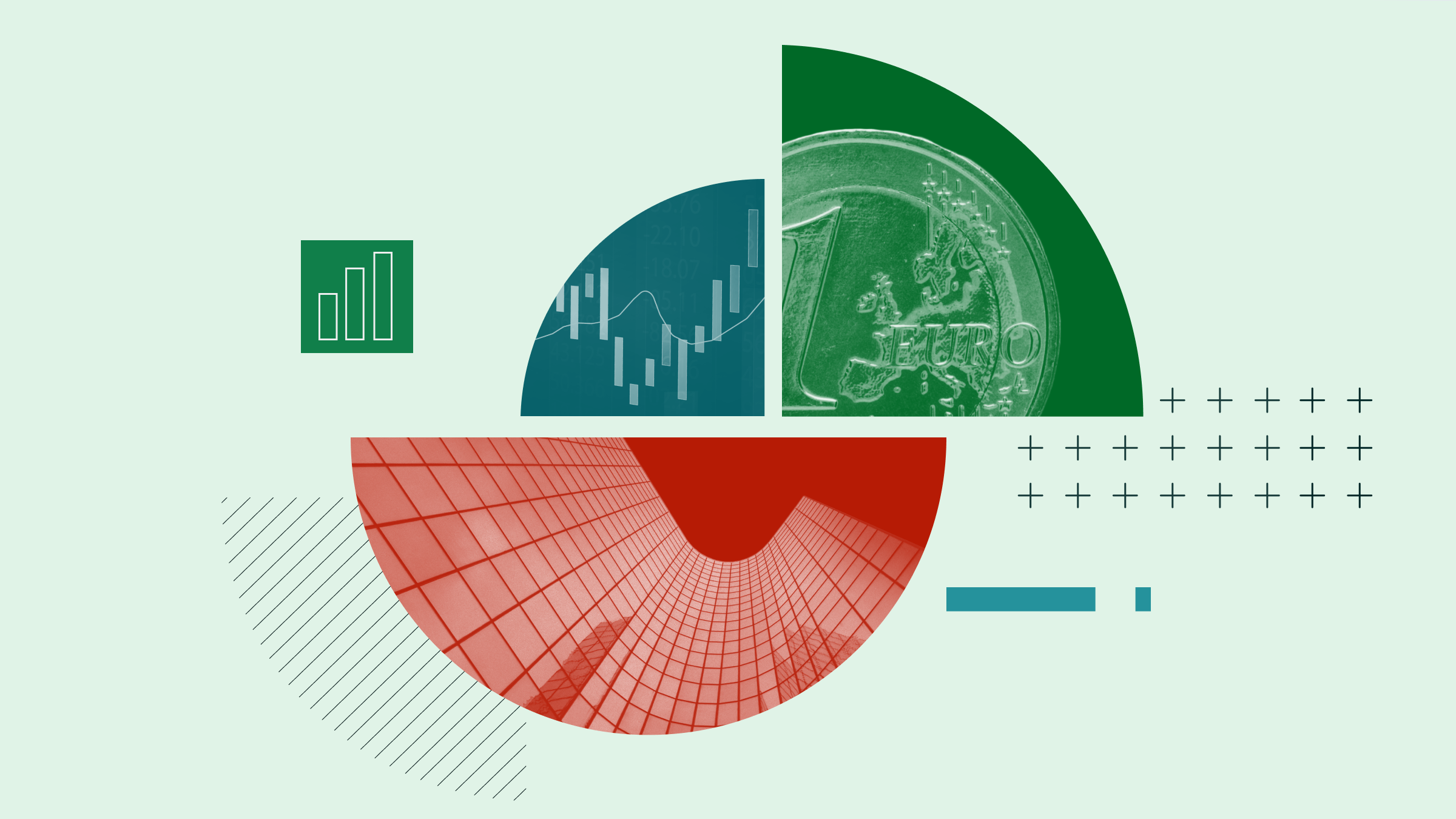Merknad: Analysen ble publisert 14.10.2014, altså før det ble offentlig kjent at Helge Lund slutter som CEO i Statoil (15.10.2014).
We no longer think Statoil earns a narrow economic moat, as declining oil volumes, higher production costs, and increasing investment have combined to lower returns. Despite plans to lower capital spending and delay higher cost and lower return projects, we do not think Statoil will be able to consistently earn excess returns without higher oil prices.
Previously, Statoil earned a narrow moat thanks to its dominant position on the NCS. This focus on one area allowed the firm to gain in-depth knowledge of the region relative to its rivals while building out significant infrastructure that lowered the capital cost of incremental production. We think these advantages largely remain intact. However, the resource potential of the NCS is diminishing and Statoil’s production from the region has been in decline for several years. During this time, earnings still grew thanks to higher oil prices, offsetting the concurrent increase in capital spending and maintaining returns. Going forward, however, we expect spending to remain elevated relative to historical levels and costs to rise. Against the backdrop of lower oil prices, we then expect returns to fall. Given that Statoil can no longer ensure excess returns with oil prices at $100/bbl, we think it no longer earns a moat.
Valuation, Growth and Profitability | 14 Oct 2014
We are maintaining our fair value estimate of NOK 157 per share after updating our oil price deck. Our updated model includes first-half 2014 results and management's latest production forecast based on the revised strategic plan and asset sales. Our fair value estimate implies an EV/EBITDA multiple of 2.8 times our 2015 EBITDA estimate of NOK 206 billion.
We forecast production should increase 2% in in 2014, in line with management's guidance. From 2013 to 2016, Statoil expects to grow production at a 3% compound annual rate. Production will probably continue to grow at the same rate beyond then as 40% of capital is going toward projects that start up after 2016.
In our discounted cash flow model, our benchmark oil prices are based on Nymex futures contracts for 2014-16. For oil, we use Brent pricing of $104 per barrel in 2014, $93 in 2015 and $94 in 2016. We assume long-run oil prices for years 2017 and 2018 of $100 per barrel. We assume a cost of equity of 10% in all scenarios.
Scenario Analysis | 14 Oct 2014
Even though Statoil is an integrated company, the upstream segment delivers the majority of the company's profits. Given the high fixed costs of its operations and Statoil's leverage to oil prices, our valuation is especially sensitive to oil price movements. As a result, we test Statoil's valuation by varying our short-term oil and gas prices.
We test a bear-case scenario that uses a 25% lower oil and gas price deck than our base case. Under these lower oil and gas prices, Statoil's fair value estimate drops to about NOK 103 per share. In this scenario, Statoil could not meet capital spending with operating cash flow until 2016 and would need to raise debt to fund the dividend.
We also test a bull-case scenario that uses a 25% higher price deck than our base case. Under these higher oil and gas prices, Statoil's fair value estimate increases to around NOK 213. Operating cash flow in this scenario will be more than sufficient to cover capital spending plans. Excess cash would likely be deployed for share repurchases.
Dette er et utdrag av analysen, full analyse er tilgjengelig via Morningstar Select.


















